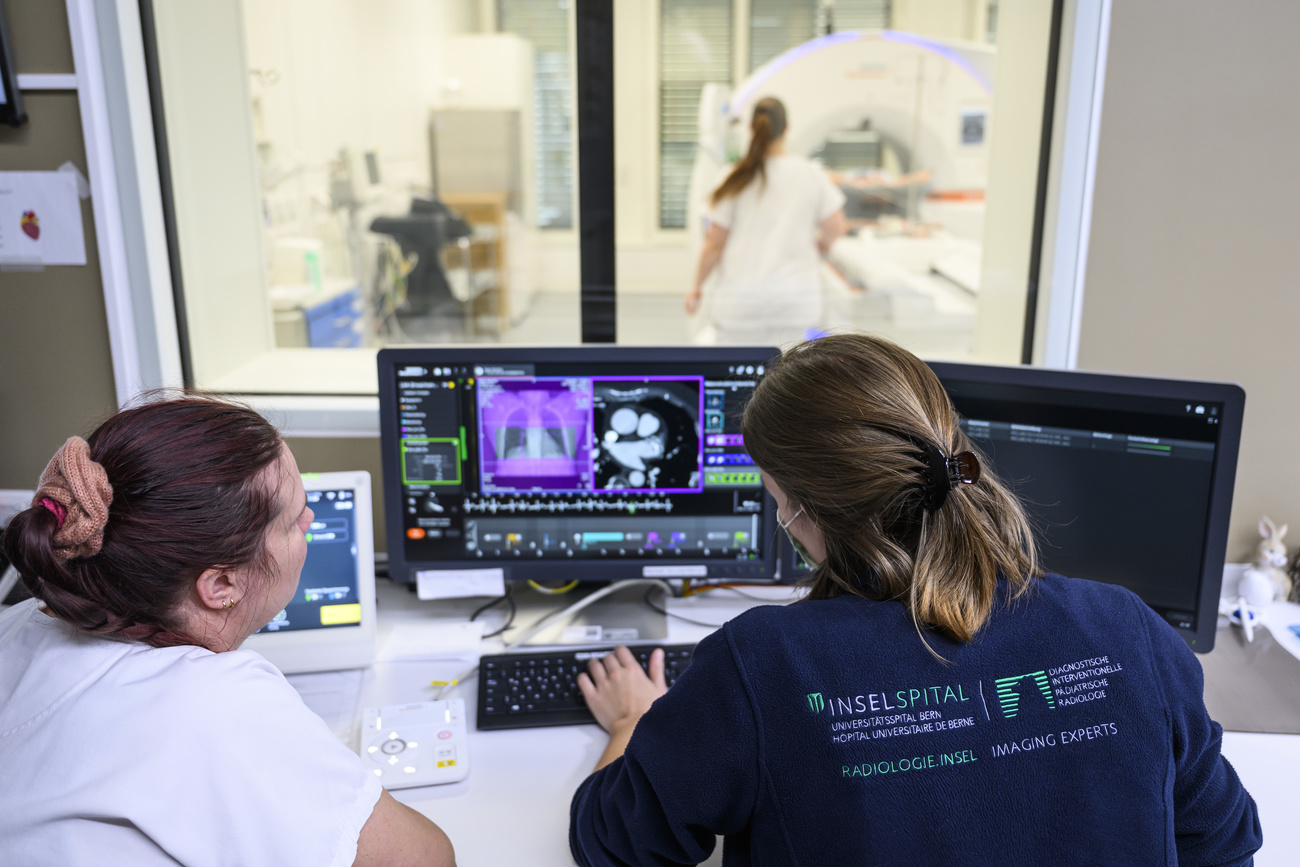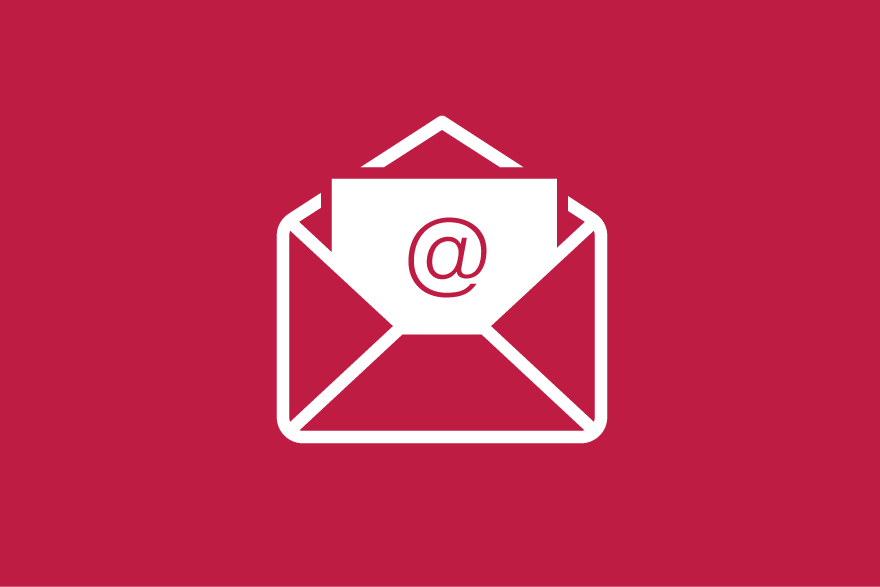AI regulations must strike a balance between innovation and safety

What risks do citizens face in countries where artificial intelligence (AI) is not regulated, like Switzerland? Are more regulations a benefit or a drawback for a country’s economy and its population? Legal and medical expert Kerstin Noëlle Vokinger weighs in.
Artificial intelligence (AI) is transforming key sectors, from medicine to labour, but it also raises risks and regulatory challenges. When can machines perform surgery instead of humans or how hospitals can use medical AI devices tested in countries with different quality standards?
While the European Union (EU) and the United States have adopted different strategies for addressing such questions, Switzerland is taking its time: a proposal from the government for AI regulation, initially expected this year, have been postponed to 2025External link. Legal and medical expert Kerstin Noëlle Vokinger explains why targeted regulations are needed to balance innovation with the protection of rights.
Kerstin Noëlle Vokinger has a background in law and medicine, and is a professor at the University of Zurich and the ETH Zurich. She focuses on interdisciplinary research with the objective to improve access to medicine and technology.
SWI swissinfo.ch: Do you think Switzerland needs AI regulations? If so, why?

Kerstin Noëlle Vokinger: I don’t think Switzerland currently needs regulations like those of the EU, which are very comprehensive and horizontally regulate all AI technologies. It would make more sense to adopt a sectoral approach, evaluating specific risks and opportunities for each area. This would prevent over-regulation.
For a long time, Switzerland claimed it didn’t need specific AI regulations because existing laws were sufficient. Then the EU’s AI regulation came along, and the Swiss government changed its mind. Are the current Swiss regulations not enough?
It’s true that there are general laws—not specific to AI—that apply. Some examples are the right to privacy, the non-discrimination principle and many more. However, there may be specific gaps for AI systems that we need to address because the complexity of this technology can pose additional or more specific and extreme challenges. For example, in medicine, we need to define which tasks can be delegated to machines and adjust our laws accordingly.
>> Has Switzerland come too late to the decision to regulate AI? Read our in-depth analysis below:

More
Has Switzerland missed the train on AI regulation?
In the healthcare field, Swiss hospitals often use AI-integrated devices from countries with different medical standards, like China. This is the case, for example, with machines used for advanced radiology. What risks do this pose for individuals, and how should this be regulated?
This is certainly a challenge. Let me give you a more general example concerning clinical trials. When developing drugs for treatment, we know that gender and ethnic differences may affect outcomes. The same may be true for AI-based medical devices.
To date, many AI devices have been tested in just one country, often in large nations like China or the US. Unfortunately, international studies for approved AI-enabled medical devices are still rare. Results obtained in these countries might not be equally valid and safe for Swiss patients. Thus, it could be necessary for such devices to meet certain requirements before being authorised in Switzerland.
Does that mean we also need stricter rules for the approval process of AI medical devices now that they are becoming more prevalent in hospitals?
We first have to identify the regulatory gaps and understand what additional or new risks these technologies pose. Once these gaps are identified, we need to decide at what level they should be regulated—for example, through self-regulation or government regulations. There are various options in this regard. In the United States, the FDA [Food and Drug Administration] is active in developing regulations that are valid throughout a device’s lifecycle and capable of adapting to software development.
The FDA is transparent in this respect and involves scientists and other stakeholders to collaboratively define the best policies and recommendations for patients. In the US, there is a lot of momentum in this area, whereas in Europe, things are less clear and transparent. The EU AI Act is a stringent set of general regulations rather than specific rules for medical devices. The approaches in the two jurisdictions are very different.

More
Newsletters
Can Switzerland do better than the EU or will it try to replicate the EU’s approach in a Swiss way, recognising its position as a small country surrounded by EU nations?
Being surrounded by EU member states, Switzerland certainly cannot ignore the European AI regulation. There could be conflicts with other regulations, such as those of the EU and the US, depending on what Switzerland decides to regulate. Medicine, for example, is an international field where we cannot isolate ourselves. This is another regulatory challenge Switzerland must face.
Opponents of regulation argue that it could stifle innovation. How can we strike a balance between protecting human and consumer rights and promoting technological development?
Striking a balance between innovation and safety, including individual rights, is crucial. Each country must decide what risks it is willing to take. Switzerland must do the same, as these technologies come with risks and their outputs may differ in accuracy.
The EU’s regulation, for example, does not allow for much risk-taking and some legal scholars fear this could hinder innovation. The US, on the other hand, is known for being more lenient, including in areas like data protection.
>> AI is also increasingly implemented in the workplace. Read how Swiss employees, who are less protected than their European colleagues, are at risk:

More
Swiss employees less protected from AI risks than in the EU
How can different regulatory approaches be reconciled to ensure respect for human rights, given that AI transcends borders?
It’s important to be active both nationally and internationally and to collaborate with other countries to develop fundamental principles that are aligned. Of course, we know that the more countries are involved, the harder it is to find a solution. Thus, it is not possible to find a consensus in every regard.
AI, however, doesn’t only pose risks but also presents opportunities. Could regulation help harness these better in your opinion?
Yes, I’m convinced that good regulations don’t only limit but also enable beneficial opportunities. This can be achieved in various ways, such as investing in new software and applications or better integrating technologies into the education system or society. Regulations have different functions, they do not only prevent but also enable.
In medicine, for instance, it is possible that AI tools will become increasingly accurate and will have the potential to support or even substitute certain tasks. This could help physicians and other medical staff to focus, for example, on more complex cases. Depending on the tasks that AI would substitute, certain (self-)regulations would have to be adapted to allow such advancements.
Because AI is evolving quickly and to some extent unpredictably, it is important to be watchful in order to identify regulatory gaps and develop regulations that help to mitigate risks and enable opportunities.
Edited by Veronica De Vore /ac

In compliance with the JTI standards
More: SWI swissinfo.ch certified by the Journalism Trust Initiative











You can find an overview of ongoing debates with our journalists here . Please join us!
If you want to start a conversation about a topic raised in this article or want to report factual errors, email us at english@swissinfo.ch.